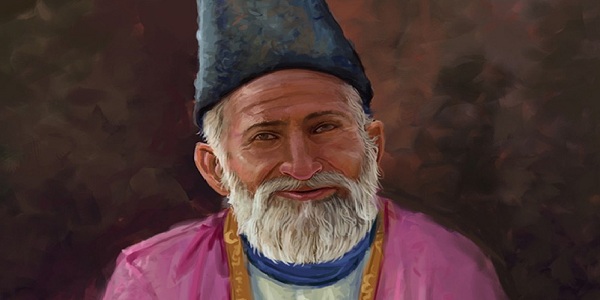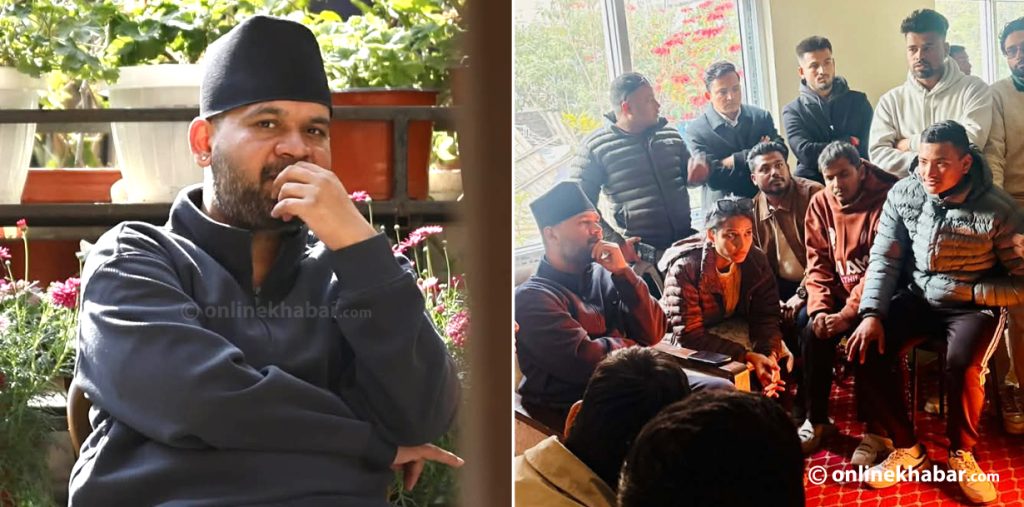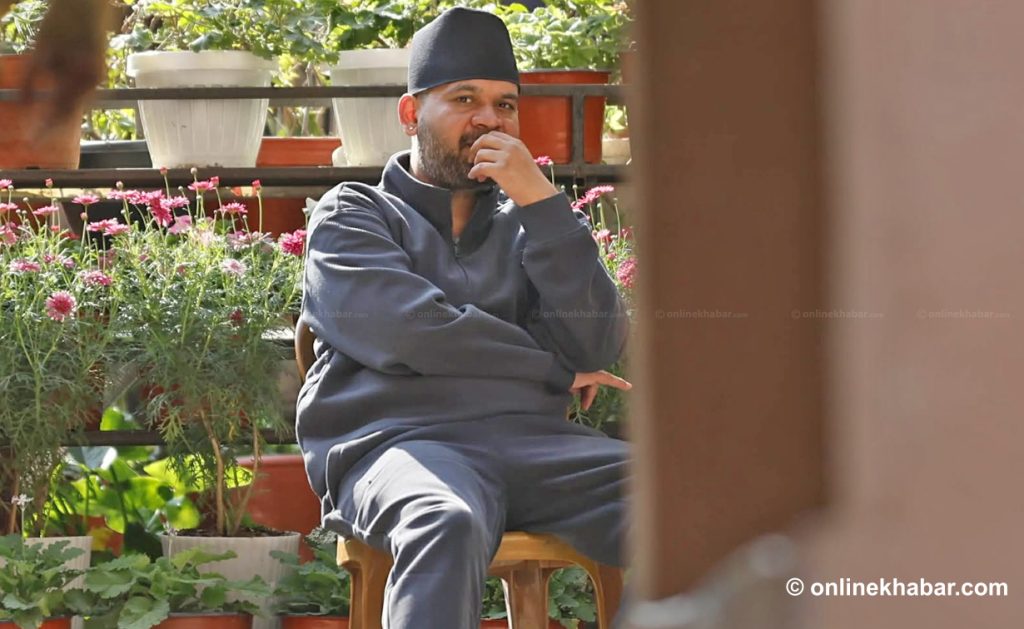
Ghalib. Image: Wikimedia Commons
It was a blunder at best. A blasphemy or ‘bastardisation’ may more accurately describe it.
This is the story of what happened when the ghazal, one of the East’s most loved and celebrated literary traditions, travelled west.
With its origins in pre-Islamic Arabia and Persia, the ghazal is one the world’s oldest poetic forms elder than the sonnet by any conservative estimate of at least a century.
The ghazal, which translates to ‘pleasure’ in Persian, is firmly located in the oral tradition and was the troubadour’s warm bedtime companion during cold and lonely nights on the road. Around the campfire, drunk on wine, the journeyman’s ghazals whispered lyrical of love, loss, separation and the majesty of the desert night.
And so it was. The earliest ghazals were highly romantic, nostalgic and erotic.
In the 12th century the ghazal travelled to the subcontinent and was adopted by the Sufis, who too spoke of love, devotion and separation and the desire for unity with the divine.
Equipped with stringent set of prescriptions and conventions, the structure remained untouched and undeterred from its original form until the 20th century.
With modernisation, poets and critics began to question whether the the ghazal, with its stringent focus on form and structure, was equipped to deal with the complexities and nuances of the modern world.
“I have become an exceptional ghazal writer,” wrote Kishwar Naheed, an Urdu poet from Pakistan, “If only I could become an exceptional feminist.”
By the late 1960s the ghazal jumped on the high seas and travelled west, entering America in 1968.
An invitation was issued to American poets by Aijaz Ahmad, a New York based Pakistani literary and cultural critic. The occasion was to mark the centennial anniversary of the death of Mirza Ghalib. But the idea had lofty aspirations; to bridge a divide between the East and the West to reinvigorate and reinvent the literary form in a different cultural context.
Given an emerging preference for free verse from American poets, the ghazal in its pure form David Caplan writes, was an ‘unlikely choice’ as the highly regiment metered structure and its prescriptions, “might be called archaic, elaborate and unyielding.”
But the invitation was readily received and accepted by an unprecedented number of American poets, four of which included future Pulitzer Prize winners, WS Merwin, Adrienne Rich, William Stafford and Mark Strand.
Given none of the American poets understood Urdu they were given literal translations of the texts.
And this is where it all started to gone wrong and the act of translation, arguably, failed both the original poet and the receiving audience.
The literal translation, word-for-word, lost the metered structure of the ghazal–it must have the same number of syllables per line; it lost the radif, the last word in each couplet must be the same word and it lost the qafia, internal rhyme before the radif.
What remained was the focus on the self-sufficiency of each couplet as the translator, K.C Kanda explains, “The different couplets are not bound by the unity and consistency of thought. Each couplet is a self-sufficient unit, detachable and quotable, generally containing the complete expression of an idea.”
It was this element that was singularly swallowed whole by Adrienne Rich, who was the first American to produce a published ‘ghazal’.
Rich praised the poetic form its “highly associative field of images,” stating “there is no traditional Western order that I have found that will contain all of these materials.”
As such, Rich’s ‘Ghazals (Homage to Ghalib)’ was completed and published in 1968, without following the traditional conventions of the ghazal. Naturally, it received decisive reviews, with some declaring it to be birth of the ‘bastard ghazal’ in the English language.
Not only did Rich’s ghazals ignore the the well-worn-wisdom of James Joyce, “We need to know the convention before we can break convention,” they overlooked and jumped the gun on the numerous debates happening in the East by established poets on how to best modernise the ghazal and at what point a departure from its original form compromises too greatly on the its essence.
As tempting as it may blame the ‘misappropriation’ of the ghazal on American arrogance, of the powerful exploiting the culture of “the exotic other” for capital gain- as is most cases of cultural appropriation, the story of the ghazal’s journey to the west is more of a cautionary parable warning us against taking things on face value.
A blunder it was, and a serious one at that. There is also a tragic element to it on just how much can be lost in translation.
So what shall we conclude from Rich’s ‘bastardisation’ of the ghazal?
Despite the folly behind the ghazal’s maiden journey to America, the intention behind its introduction should be persevered: literary forms and ideas should have free reign. They should remain limitless and without boundaries for the sake of creative expression and the gift it gives to humankind: the ability to explore different times and spaces beyond one’s immediate realm.
Perhaps this idea is best expressed by Agha Shadid Ali, editor of Ravishing Disunities: Real Ghazals in English, and a self-professed “in-betweener”, “The point is you are the universe, you are the product of immense historical forces. There is Muslim in me, there is Hindu in me, there is Western in me.”
Although repulsed at the ‘bastardisation’ of the ghazal in the late 1960s, Ali remained committed to gift the ghazal to the west, albeit true to its original form. Writing in 1992, Ali expressed the sentiment that the literary world should remain without boundaries:
“What is someone of nearly two equal loyalties to do but lend, almost gift them to each other and hope that sooner or later the loan will be forgiven and they will become each others?”
The initial introduction of the ghazal to the West was a serious blunder but not one that shall deter us, however flawed and imperfect in our attempts, to reimagine and reinvigorate our rich literary legacy across national and cultural boundaries.■
(Author’s note: The author wishes to thank and acknowledge Asad Alvi for presenting The Art of the Ghazal workshop at Quixote’s Cove. Asad’s in-depth knowledge and passion for the ghazal underpinned much of the theoretical components of this article. The three day workshop was run by Spoken Word Nepal in October. All opinions expressed in the article are the authors alone.)
























